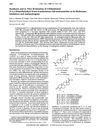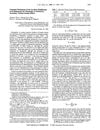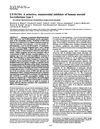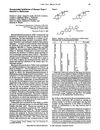Synthesis and In Vitro Study of 17β-[N-Ureylene-N,N′-Disubstituted]-4-Methyl-4-Aza-5α-Androstan-3-Ones as Selective Inhibitors of Type I 5α-Reductase
February 1997
in “
Bioorganic & Medicinal Chemistry
”
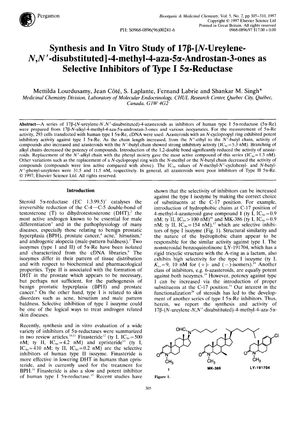
TLDR New compounds were made that effectively block a specific enzyme related to androgen conditions.
In the 1997 study, researchers synthesized a new series of compounds to target type I 5α-reductase, an enzyme associated with various androgen-related conditions. They tested these compounds on 293 cells that had been genetically modified to produce human type I 5α-reductase. The findings revealed that compounds with an N-cyclopropyl ring and longer alkyl chains were particularly effective, with the N'-butyl chain azasteroids showing significant inhibitory activity at a concentration of 5.3 nM. The most potent compound featured a phenyl group and had an inhibitory concentration of 1.3 nM. However, modifications like branching in the alkyl chains or adding a double bond decreased the effectiveness of these inhibitors. The study determined that the type I 5α-reductase enzyme prefers straight alkyl chains with at least four carbon atoms and has a hydrophobic pocket near its D-ring, while the synthesized azasteroids were not effective against type II 5α-reductase.

